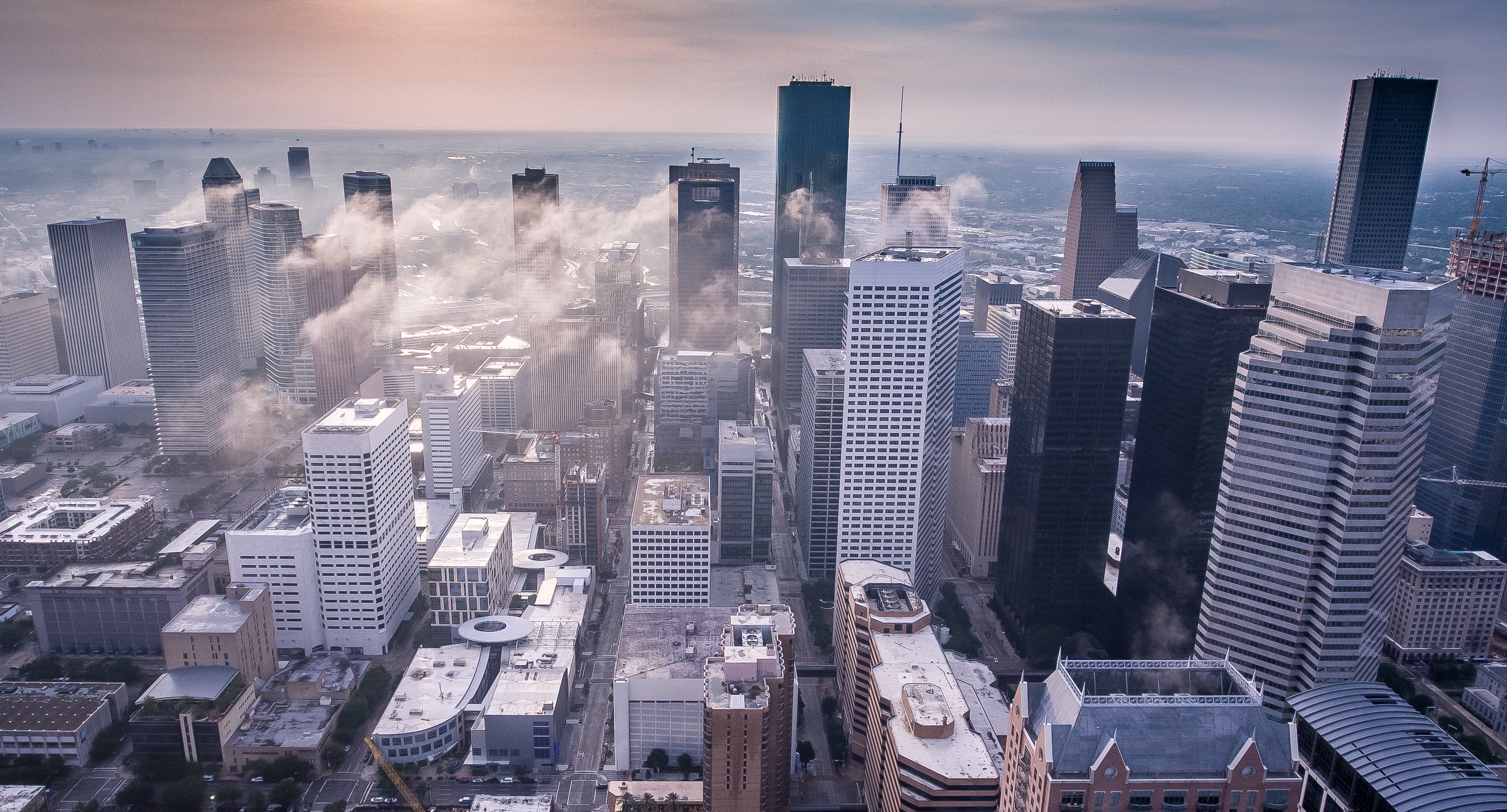I just talked with one of the most successful hedge fund managers in the country (in terms of returns over the last four years). He will not allow me to use his name. But I can tell you he is a raging bull.
He believes the stimulus that we already had plus what we will get—coupled with a major infrastructure bill, plus extraordinarily easy monetary policy, combined with significant new technology innovations—adds up to a new bull market.
This is someone with 5X returns over the last four years with a very diverse portfolio. So it could pay to pay attention.
But let’s talk about that infrastructure. It seems there is bipartisan support to do it, so let me throw out an idea or two.
While everyone knows that I am not a fan of more debt, we clearly need to fix our ailing infrastructure here in the US. (Example A: Texas.)
In my mind, there are two different categories.
One is the portion of our national infrastructure that has some type of revenue attached to it: electricity, water, airports, harbors, etc.
Many older cities have terrible water systems that waste up to 20% of their supply. They need to be replaced.
Cheap money amortized by a slight increase in water bills could repair all those. In fact, replacing leaky pipes might actually reduce water prices.
As for electricity, we’ve been talking about a “smart grid” for decades. It’s not that expensive and would actually reduce costs over time.
Further, if we really want to convert to electric cars over time, not to mention the increased need for electricity to power all of our new technology, we are going to need more capacity.
Solar and wind, hydroelectric and thermal, are wonderful. But it will be many years before we can rely on them for all our daily needs.
I’m as much an environmentalist as anyone. I don’t want to see the air I breathe, and I don’t want anything in my water but scotch. But I also want my power to work when I flip the switch.
Big Mess in Texas
Texas is the largest producer of wind energy in the country. Those Texas wind turbines that didn’t work? Seems like they didn’t buy the heating option because it would have raised the cost of electricity.
Wind wasn't the only problem. Much of the natural gas infrastructure wasn’t sufficiently winterized, either.
Texans (like me) think they have a God-given right to cheap energy. That attitude is so 1900s and will not work in the 2020s.
Texas power generation was geared to, as one professor put it, work 99.9% of the time. But that 0.1% can bite you in the derrière, as we all learned.
We must build excess capacity to handle extreme events, which means electricity will cost more.
Congress should create a program to issue infrastructure bonds similar to Ginnie Mae: government-guaranteed debt that can be bought by the private market, and then even by the Fed.
Thirty-year bonds yielding around 2%, as they do today, can finance a lot of self-amortizing, sorely-needed infrastructure to (finally) take us into the 21st century.
The Nuclear Option
China is eating our lunch infrastructure-wise. They are building new coal plants with scrubbing technology that supposedly makes it 90% clean. We’ll see.
They are also building fourth-generation thorium nuclear reactors. The difference between these and older plants like Chernobyl and Fukushima is the difference between the Model T and the Tesla.
The US needs to come to the party. Nuclear is the cleanest energy there is, in terms of carbon footprint. It takes a lot of carbon use to build wind turbines and solar panels.
Yes, nuclear is more expensive than coal and natural gas. We need to get over our obsession with cheap energy.
Then there are infrastructure needs like roads and bridges that don’t have associated revenue streams.
We will just need to pony up the money to fix them, perhaps in cooperation with the states. But it has to be done or we are going to have bridges collapsing just like the Texas electric power system collapsed.
The Great Reset: The Collapse of the Biggest Bubble in History
New York Times best seller and renowned financial expert John Mauldin predicts an unprecedented financial crisis that could be triggered in the next five years. Most investors seem completely unaware of the relentless pressure that’s building right now. Learn more here.



